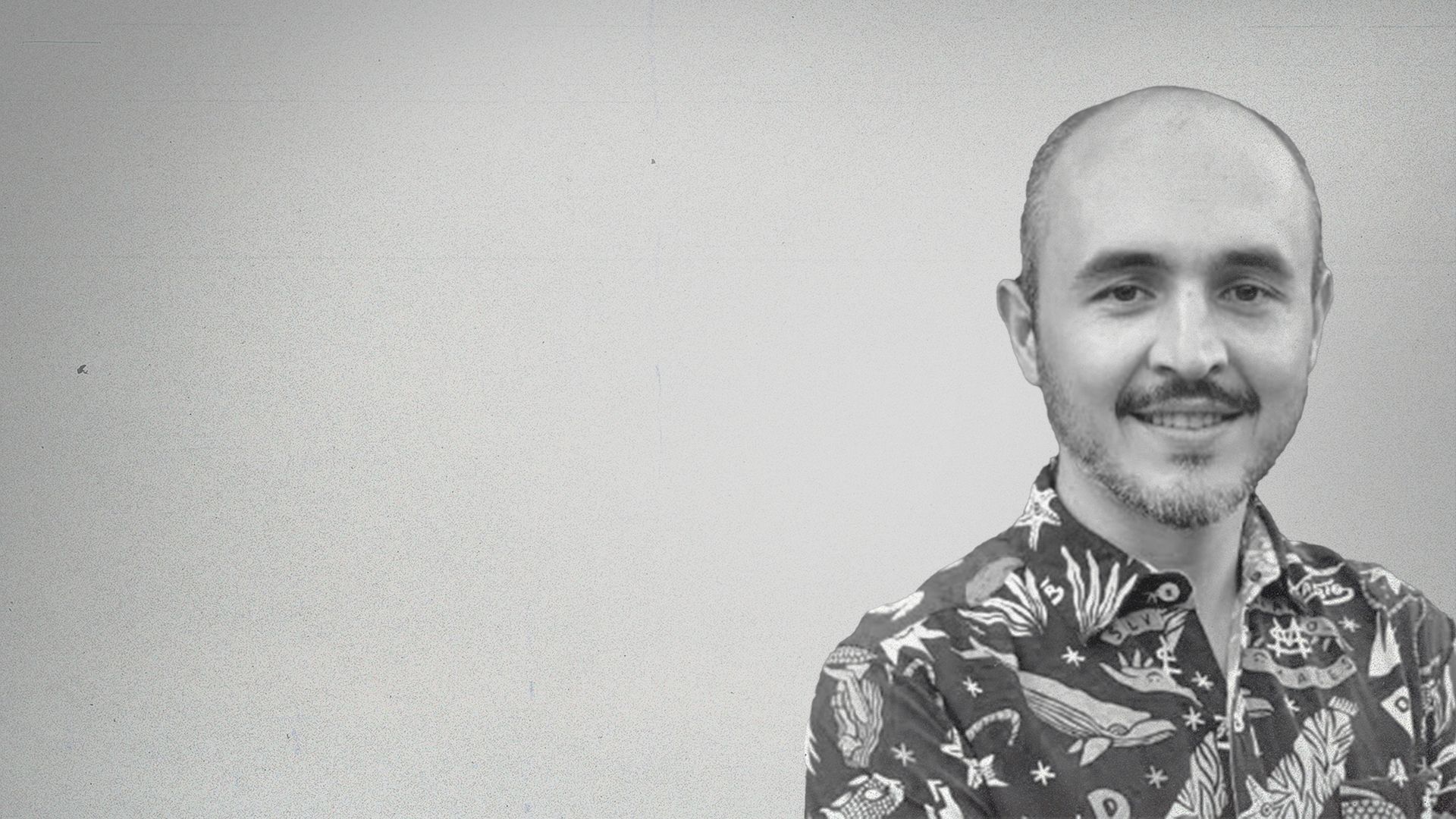

FRONT END APP
CREATION WITH
CLAUDE 3.5 AND
CURSOR
Also available on
In this enlightening episode, Simon Maple sits down with Felipe Aguirre, a distinguished data scientist and programmer with a PhD in Artificial Intelligence. Felipe has extensive experience in AI and software development, having contributed significantly to various innovative projects. He is well-regarded for his hands-on approach and deep understanding of advanced AI tools and methodologies. In this episode, Felipe shares his insights and experiences working with Claude 3.5, focusing on its project functionality. Felipe discusses his innovative approach to creating applications, specifically his project "Cards Against AI," and how Claude's capabilities can be leveraged to write specifications and generate code. This episode is best viewed on YouTube for a detailed screen-share demonstration.
In the ever-evolving landscape of software development, the integration of artificial intelligence (AI) has become increasingly crucial. In this episode of the podcast, Felipe Aguirre speaks with Simon Maple, a data scientist and programmer, about his experiences using Claude 3.5, an advanced AI tool, to streamline project specifications. The discussion revolves around the significance of formulating detailed specifications before diving into code, thereby enhancing the overall development process. This blog post captures the key insights shared during their conversation, providing developers with valuable takeaways on leveraging AI in their workflows.
Simon begins by introducing Claude 3.5 as a powerful AI tool capable of generating comprehensive project specifications. He highlights that his approach to using Claude revolves around the idea that having a robust specification is essential before any coding begins. This method allows for a more structured development process, where the AI can assist in crafting clear and detailed project outlines that serve as a foundation for subsequent coding tasks. By utilizing Claude, Simon aims to bridge the gap between conceptualization and implementation, transforming abstract ideas into actionable specifications. As Simon describes, "I really wanted to test the raw power of Claude," emphasizing his commitment to harnessing AI's capabilities effectively.
One of the pivotal points discussed is the common misconception among developers that AI should be used primarily for generating code. Simon challenges this notion, arguing that starting with well-defined specifications creates a more solid foundation for any development project. He states, "When you have a specification, it's there; it's more concrete, and that's your source of truth." This perspective underscores the importance of establishing clear guidelines and expectations before engaging in coding, which can often lead to confusion and errors if not addressed upfront. By laying down a comprehensive specification, developers can create a more predictable and manageable coding environment, ultimately leading to better outcomes.
In the course of the discussion, Simon walks Felipe through his experience of creating the game "Cards Against AI." This project served as a practical test of Claude's capabilities in generating specifications and guiding the development process. He emphasizes the various aspects of the user interface that he leveraged, including how he provided Claude with clear instructions to generate meaningful output. Simon notes, "This protects us from the blank page problem," illustrating how detailed prompts can lead to more productive interactions with the AI. By providing Claude with specific guidance, Simon was able to avoid the common pitfall of starting from a blank canvas, which can often be overwhelming for developers.
An interesting technique that Simon employs is the use of roles within Claude to set the context for different interactions. By defining specific roles for Claude, such as a senior backend developer or a creative agency CTO, he tailors the AI's responses to better suit the requirements of the task at hand. This method enhances the relevance of the output, allowing Simon to receive more pertinent and context-specific information, ultimately improving the development process. The ability to define roles effectively allows developers to communicate their needs more clearly to the AI, which can significantly improve the quality of the generated outputs.
The conversation also delves into Simon's Git flow process, particularly focusing on how he manages failures during development. When encountering obstacles, Simon tags branches that lead to dead ends, treating them as learning opportunities rather than setbacks. This practice not only allows him to maintain a clean project history but also enables him to reflect on the lessons learned from each attempt. He remarks, "It was a learning path. And now I know a better way of doing it," exemplifying the importance of iteration in software development. By embracing failures as part of the learning journey, Simon exemplifies a growth mindset that is essential for continual improvement in development practices.
Simon shares a personal anecdote regarding a failed backend implementation, illustrating how he learned from the mistakes made during that process. He emphasizes the need to iterate and not fear starting over when faced with challenges. "I've only been doing this for 30 minutes... Let's just throw it away and start again," he explains. This mindset fosters resilience and encourages developers to embrace failure as a vital component of the learning process. By recognizing that time spent on a failed attempt is not wasted, but rather an investment in learning, developers can cultivate a more innovative and adaptive approach to problem-solving.
As the episode progresses, Simon showcases how he utilizes Claude to create React frontend mockups. By establishing a clear design framework before diving into code implementation, he ensures a smoother development process. Simon highlights, "If you don't say that, it will implement the whole thing," which underlines the necessity of providing the AI with explicit instructions regarding the design and functionality of the application. By breaking down the project into manageable components, Simon effectively streamlines the development workflow. This approach not only enhances clarity in the development phase but also allows for better collaboration with team members, as everyone can understand the project's design and functionality more clearly.
The discussion between Felipe Aguirre and Simon Maple sheds light on the effective use of Claude 3.5 in software development. Key takeaways from this episode include:

CAN CLAUDE 3.5
BUILD PROD-QUALITY
APPS?
1 Oct 2024
with Felipe Aguirre

BEYOND
CODING
ASSISTANTS
11 Dec 2024
with Patrick Debois